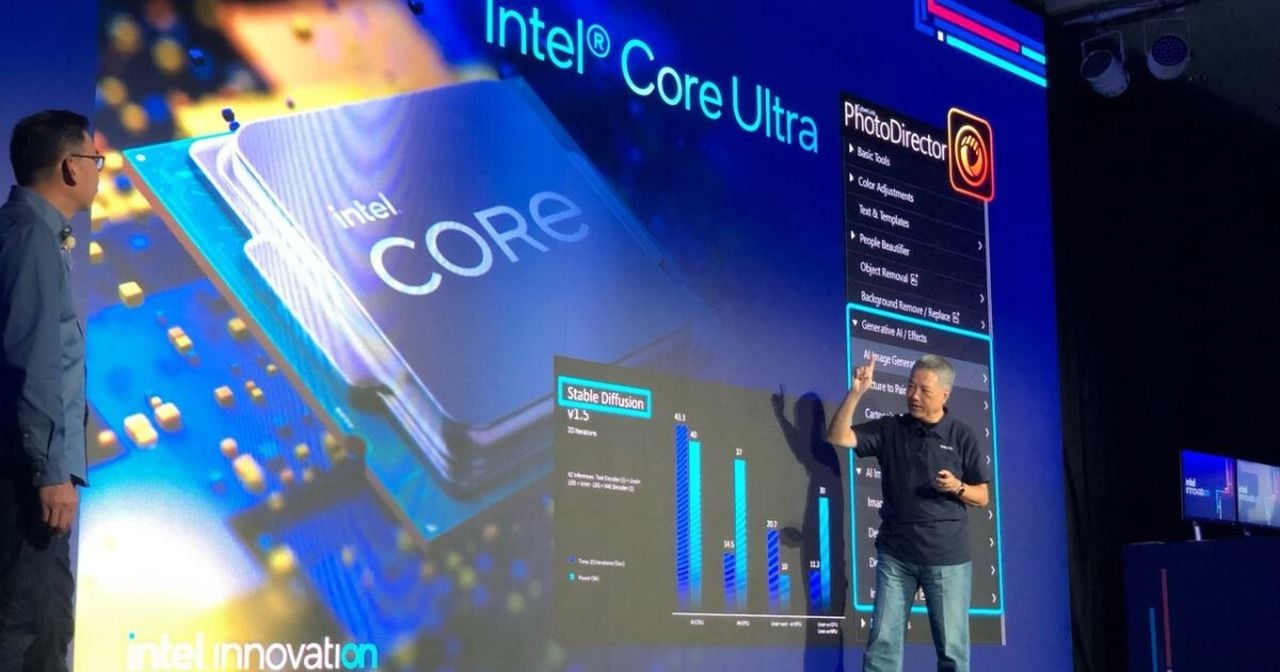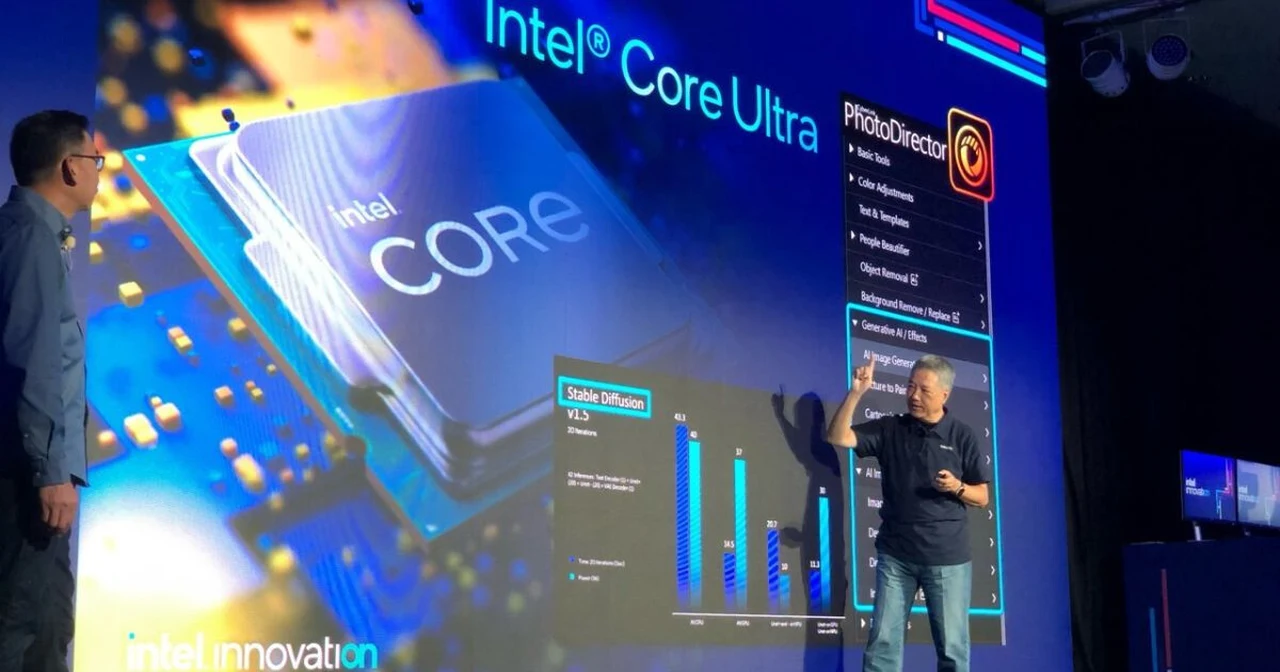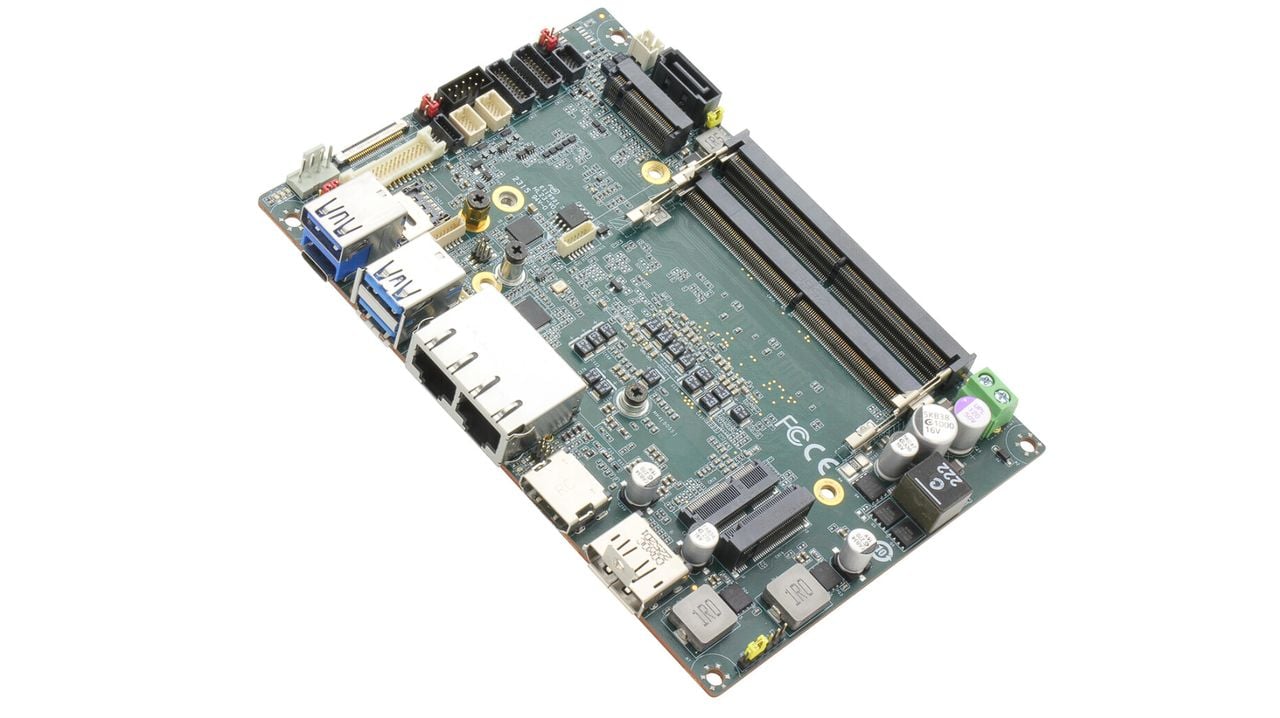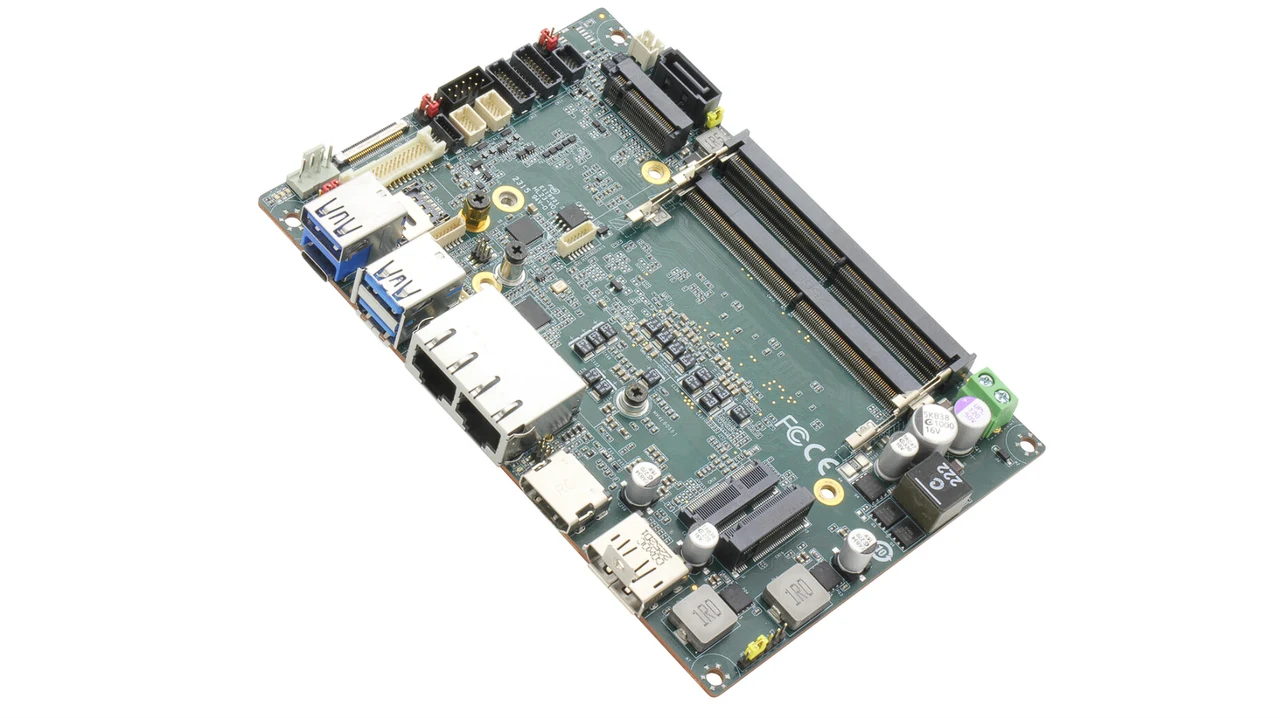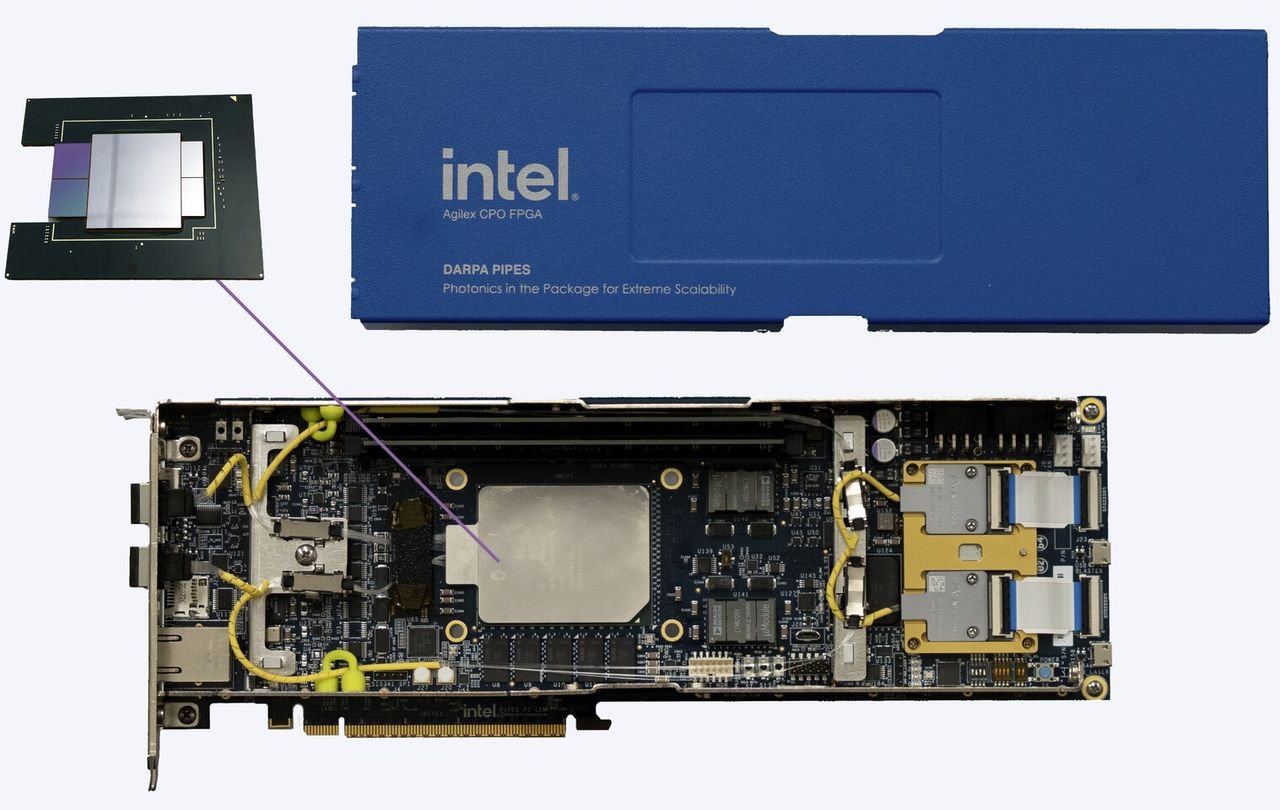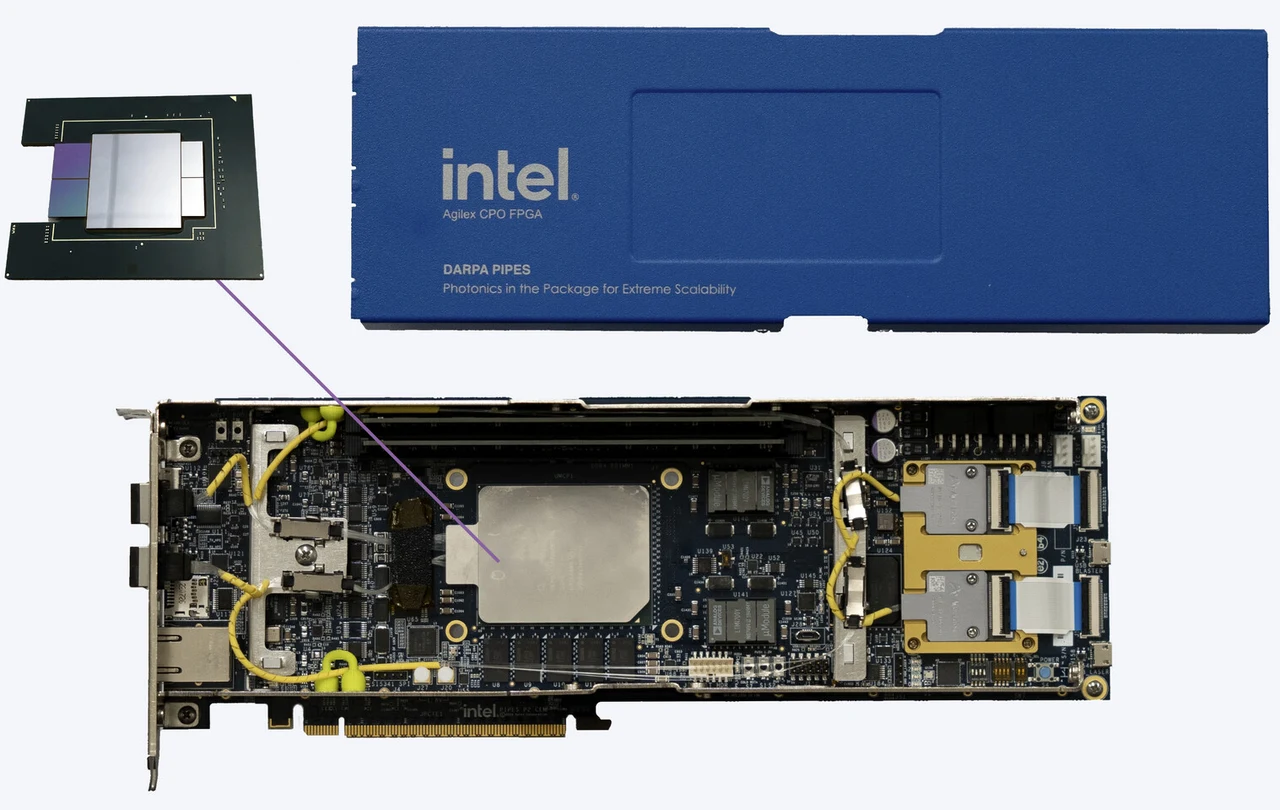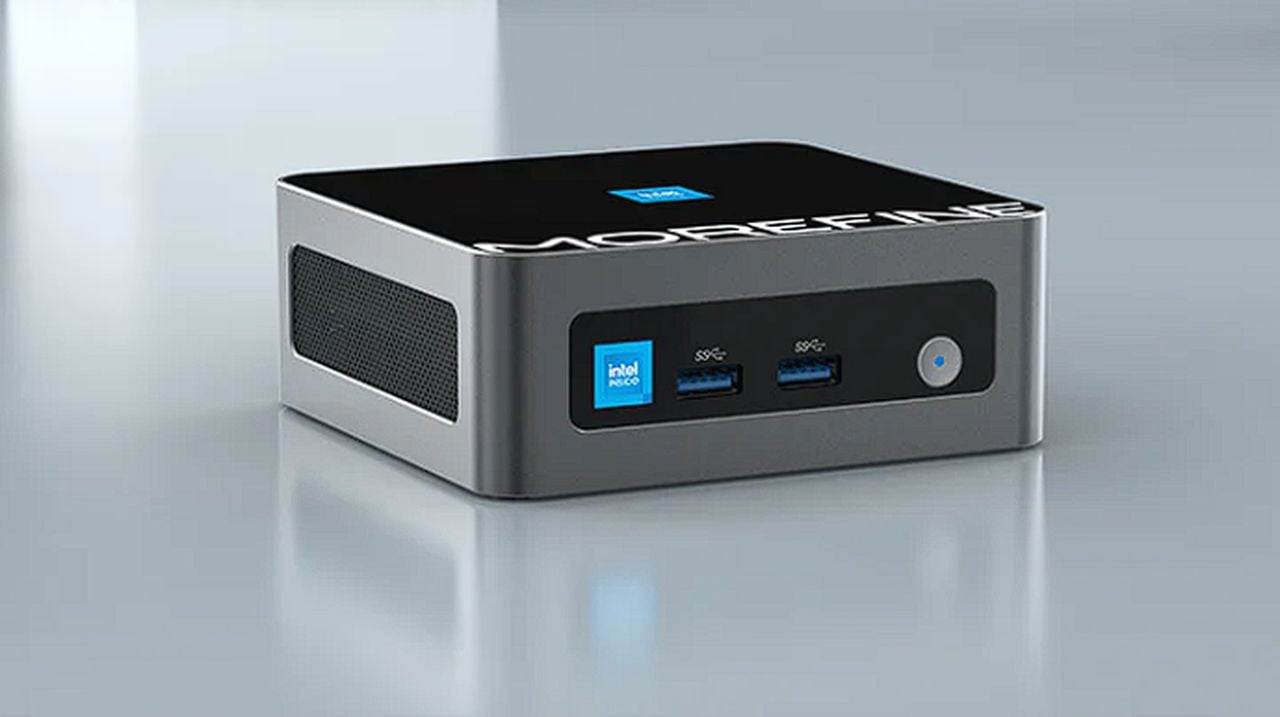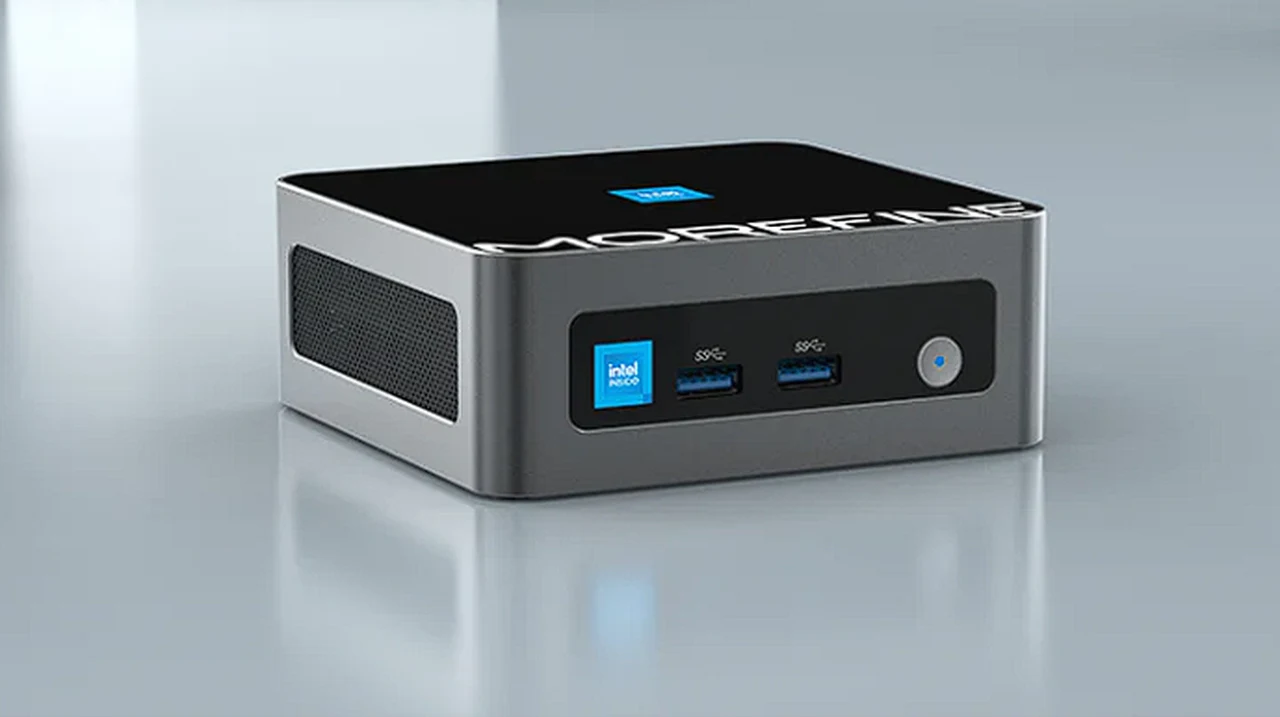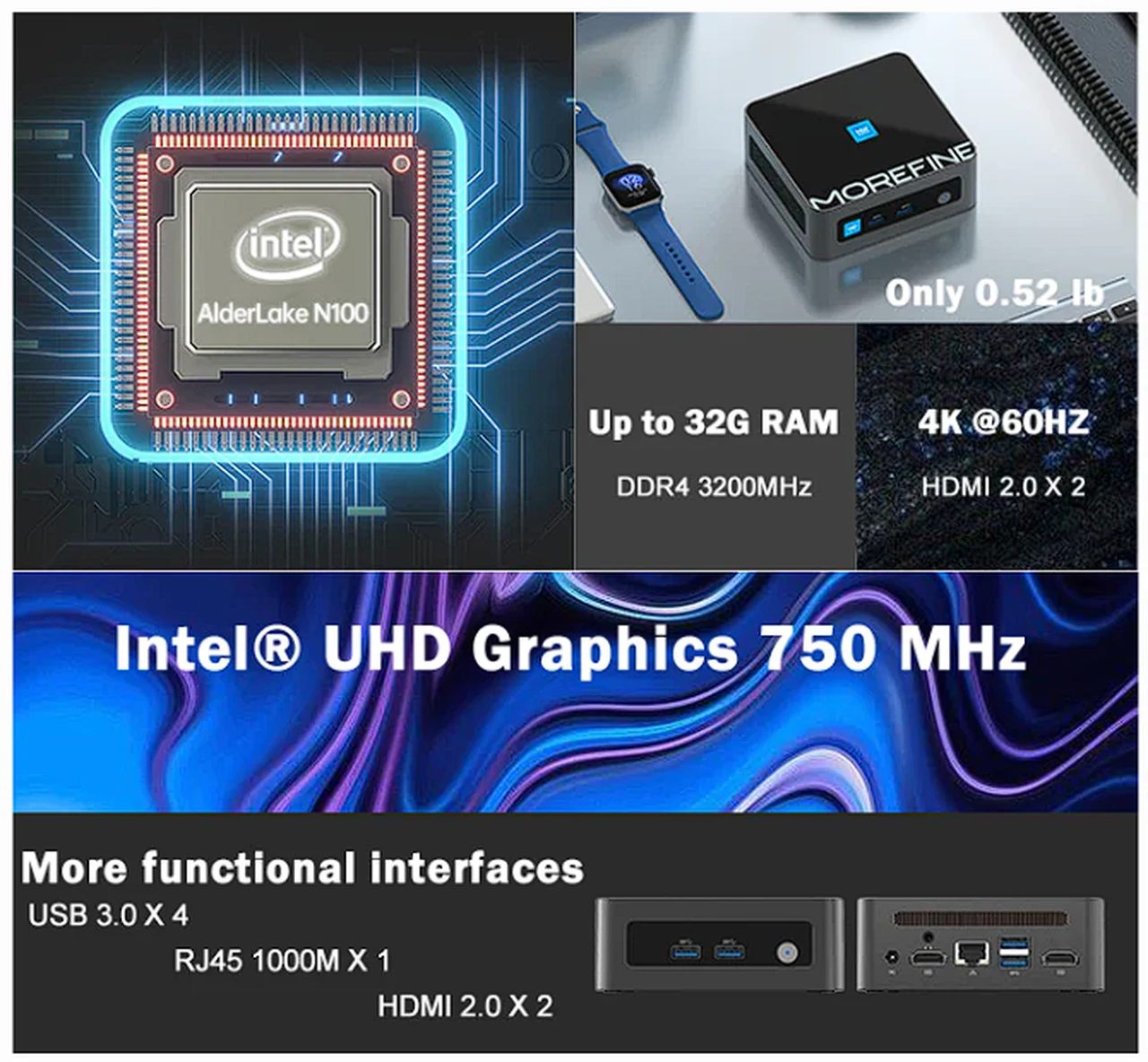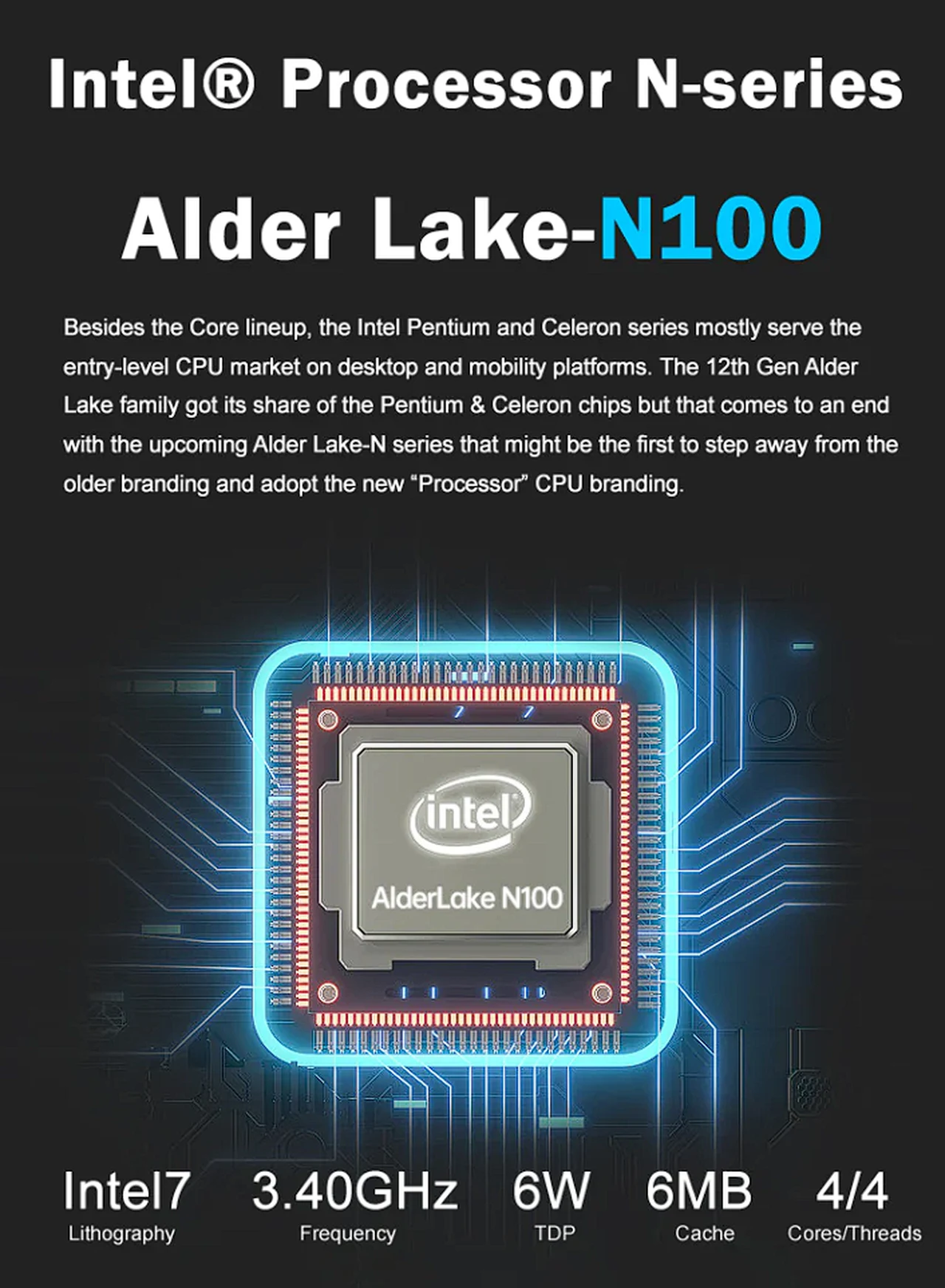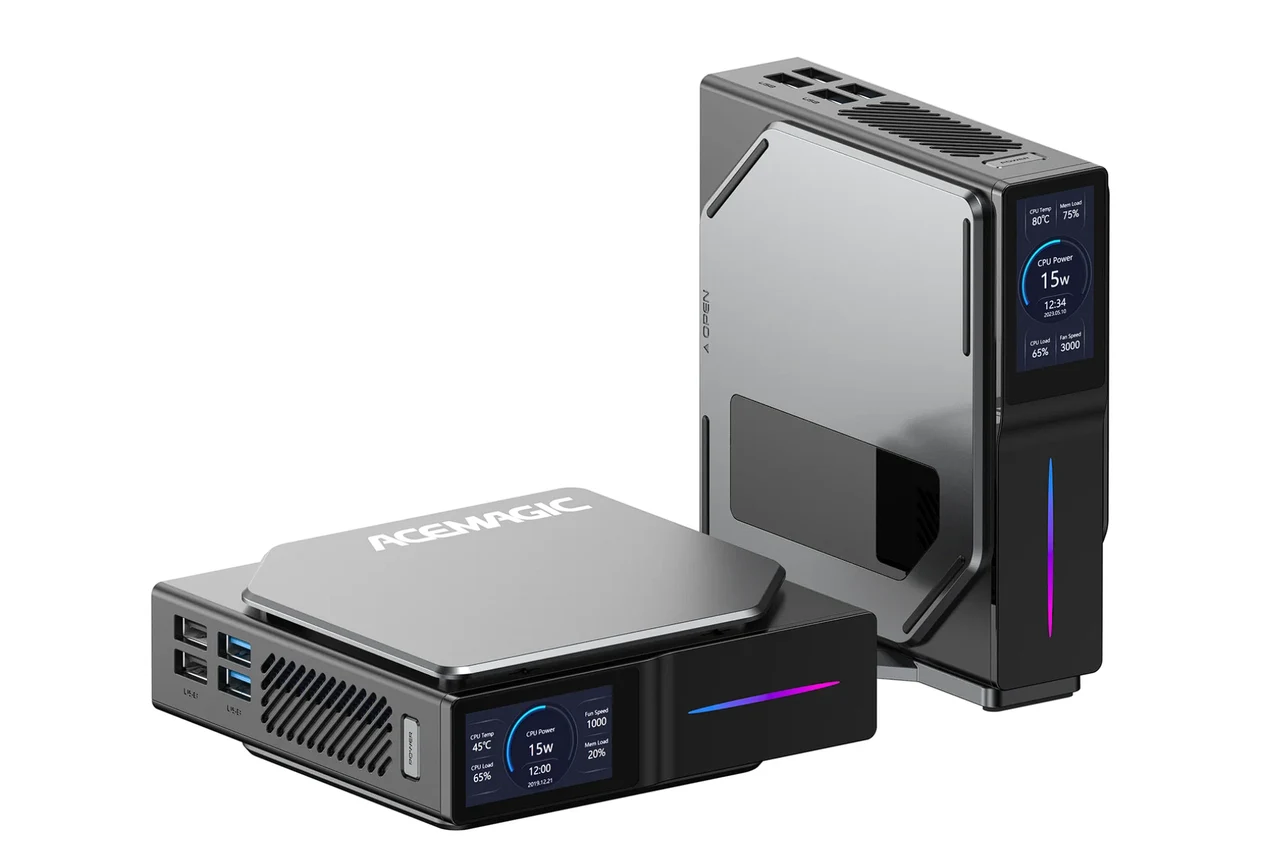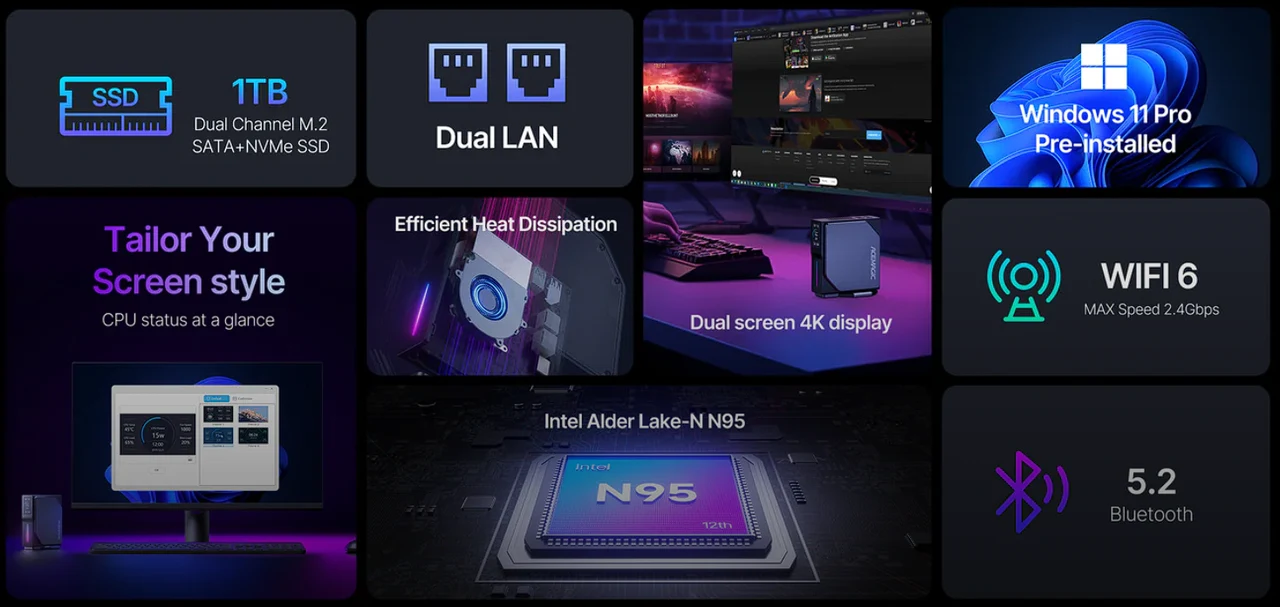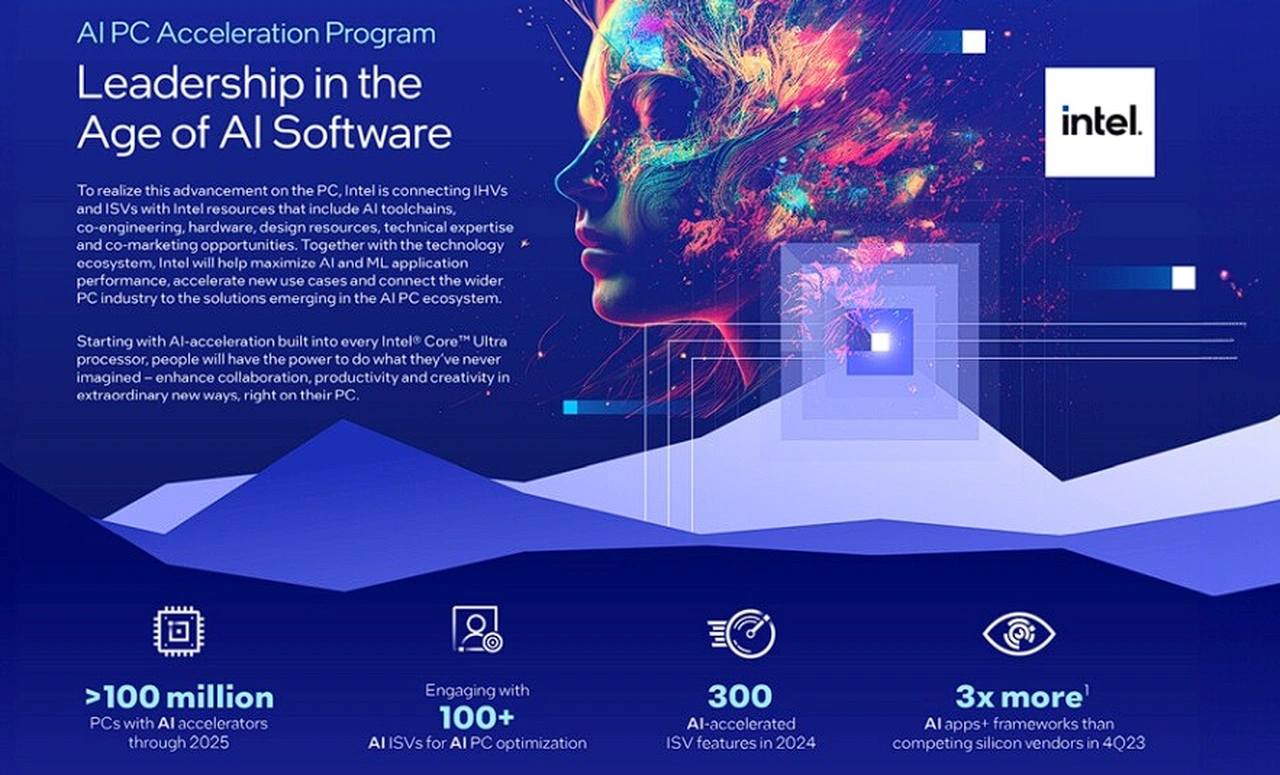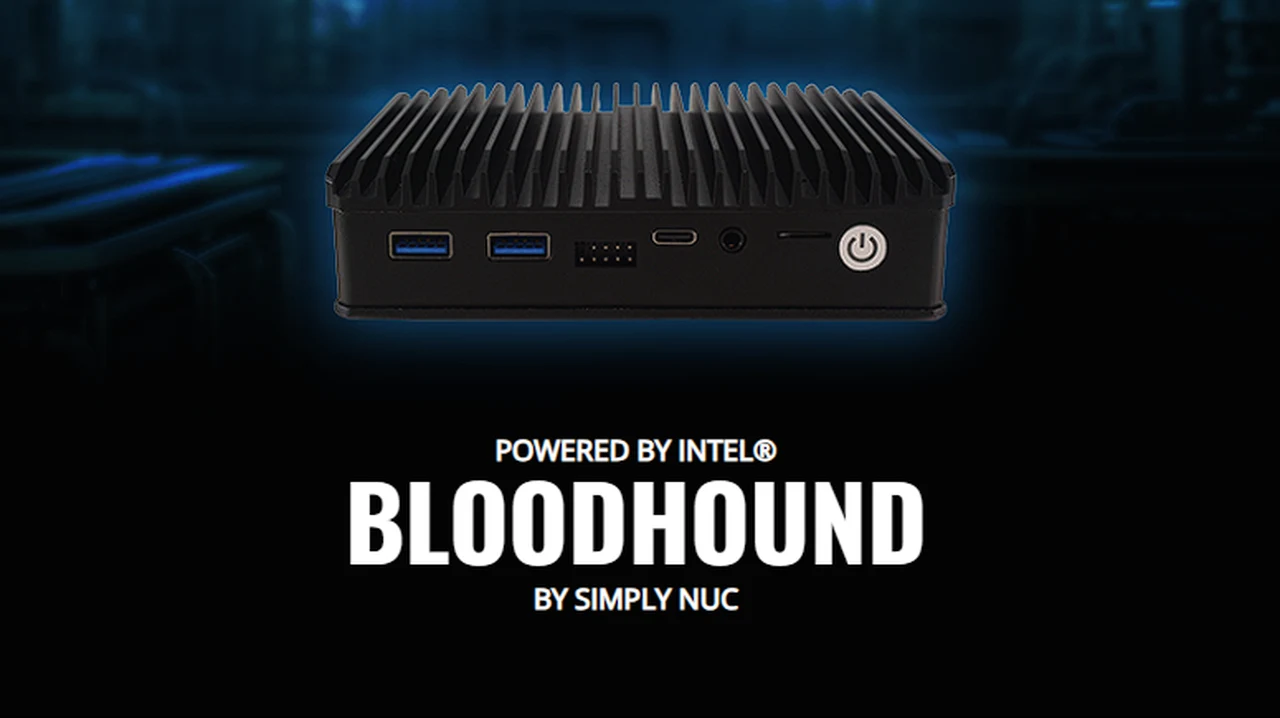
The Bloodhound computing solution for IoT and Edge needs by Simply NUC is a breakthrough in the world of compact and powerful computing. This powerful Intel mini PC, aptly named the Bloodhound, is a robust, all-in-one computing solution that packs a heavy punch in a small package. It is designed to meet the demanding needs of IoT and Edge computing, making it an ideal choice for a variety of industrial and commercial applications.
What is Edge computing?
Edge computing is a technology that processes data near the location where it’s being collected, instead of sending it far away to a central data center. This approach helps to make things work faster and more efficiently because it reduces the amount of data that needs to travel over long distances. It’s like having a small computer right where the data is, which can quickly analyze and use the information without needing to send it elsewhere first. This is particularly useful in situations where speed is important, like for smart devices in homes, self-driving cars, or local servers in a factory.
Under the hood, the Bloodhound is powered by an Intel Celeron N5105 CPU, a quad-core processor that delivers reliable performance for most computing tasks. Alongside this, it supports up to 32GB of RAM, providing ample memory for multitasking and running complex applications. This combination of CPU and RAM ensures that the Bloodhound can handle demanding computing tasks with ease.
Storage is another area where the Bloodhound shines. It offers up to 8TB of storage, a massive amount for a device of its size. This vast storage capacity allows for the storage of large amounts of data, making it ideal for applications that require high-volume data processing, such as video surveillance, data analytics, and machine learning.
Other articles we have written that you may find of interest on the products of Simply NUC :
“Bloodhound mini PC from Simply NUC is the next key piece of your IT solution, from network security and redundancy to edge computing and analysis, Bloodhound can do it all. Loaded with an Intel Celeron N5105 CPU, and paired with up to 16GB of RAM to enable faster operations, and up to 8TB of storage for bulk data or storing local CCTV footage, Bloodhound has all your rugged computing needs covered.”
Rugged Design
The Intel powered Bloodhound mini PC is not just powerful; it is also built to last. It boasts a rugged, fanless, and IP53-rated design, making it suitable for demanding environments such as warehouses and outdoor installations. The fanless design reduces the risk of fan failure, while the IP53 rating ensures that the device is protected against dust and water spray. Furthermore, the Bloodhound is tested to operate 24/7 and can withstand temperatures ranging from 0 to 60C, further attesting to its durability and reliability.
Connectivity
Network security, redundancy, and edge computing capabilities are key features of the Bloodhound. It comes with three 2.5Gb LAN ports, providing the flexibility to connect multiple IP devices and additional networking capabilities. The primary LAN port includes built-in PoE+ (Power over Ethernet), reducing the need for extensive cabling and simplifying installation.
VESA Mount
The Bloodhound mini PC’s slim form factor and included VESA mount make it easy to integrate into hard-to-reach places. Despite its compact size, it can serve a variety of rugged deployments, such as an edge firewall, an edge server for IP cameras, or an IoT gateway. This versatility makes the Bloodhound a valuable addition to any IT infrastructure, offering a range of solutions in a single, compact device.
The Simply NUC Bloodhound Intel mini PC for IoT and Edge is a powerful, durable, and versatile device that is well-suited to a wide range of applications. Its robust performance, extensive storage, rugged design, and comprehensive networking capabilities make it a compelling choice for businesses seeking a compact but powerful computing solution. For more details and full specifications jump over to the Simply NUC official website.
Filed Under: Hardware, Top News
Latest timeswonderful Deals
Disclosure: Some of our articles include affiliate links. If you buy something through one of these links, timeswonderful may earn an affiliate commission. Learn about our Disclosure Policy.


